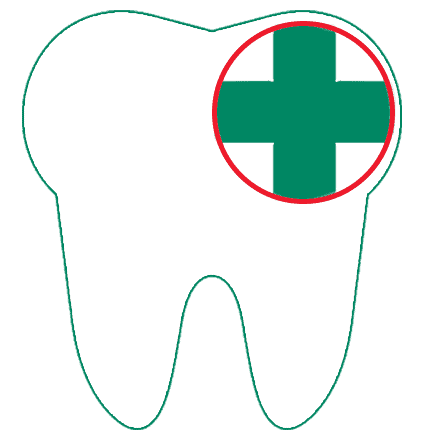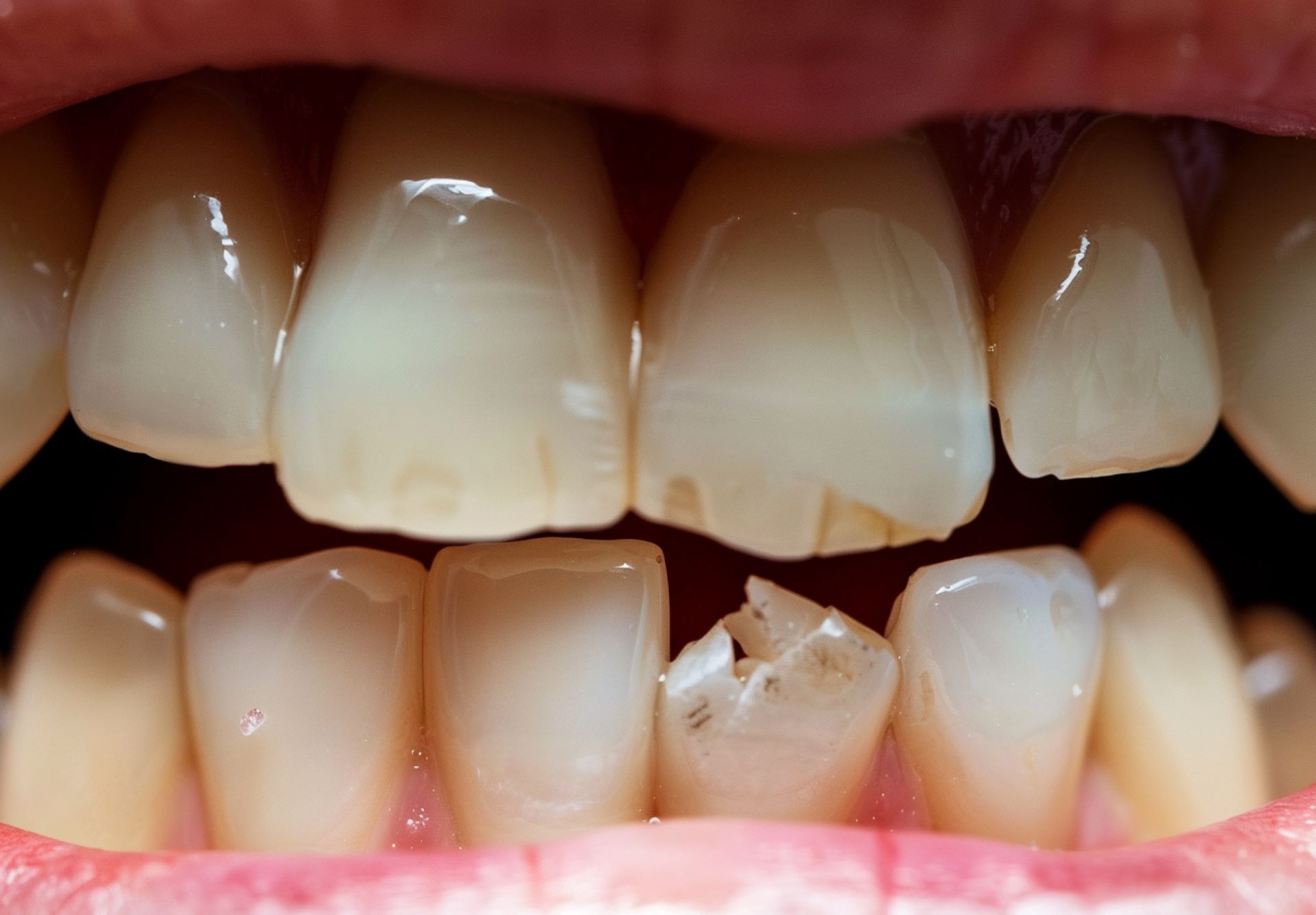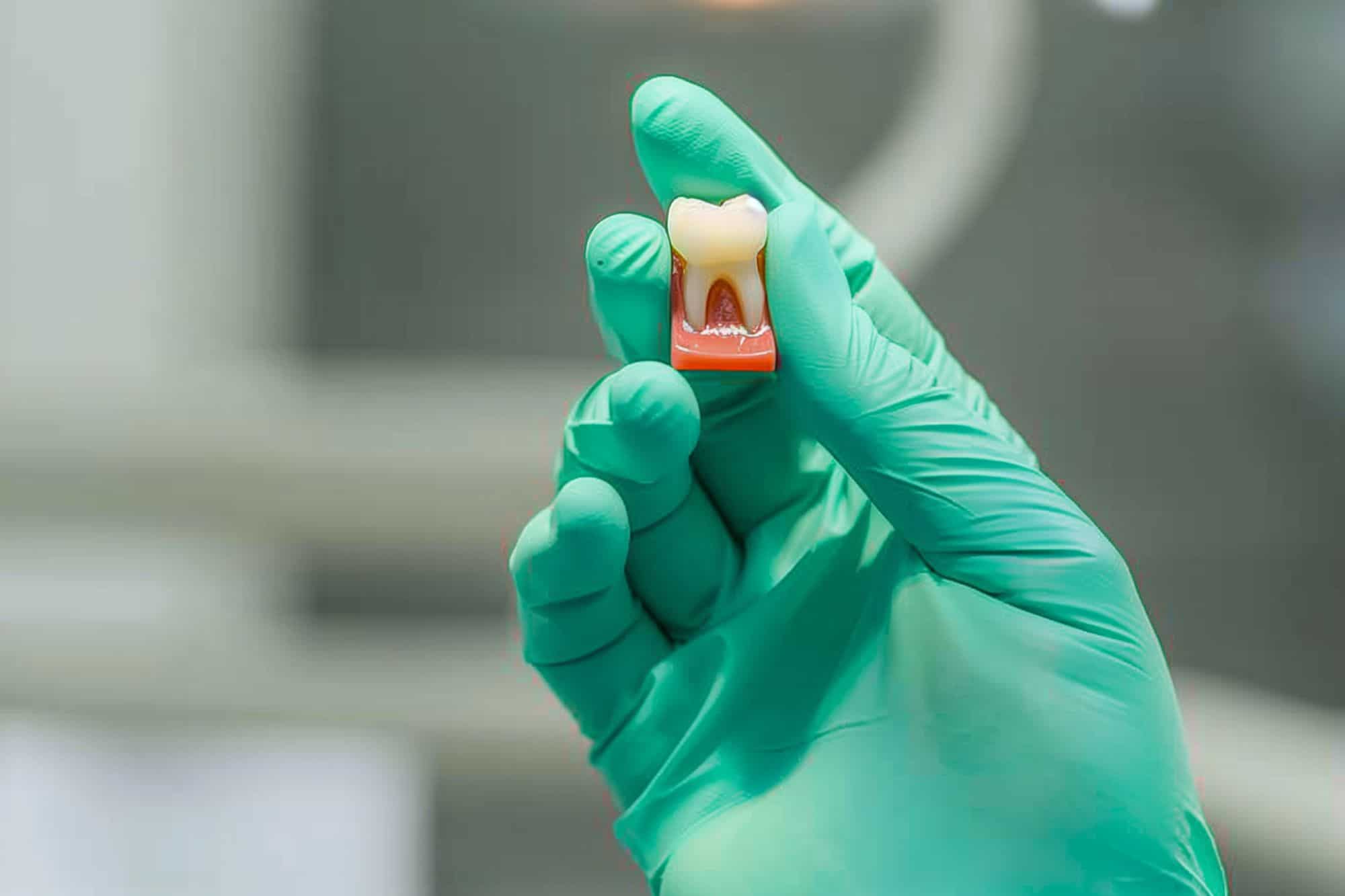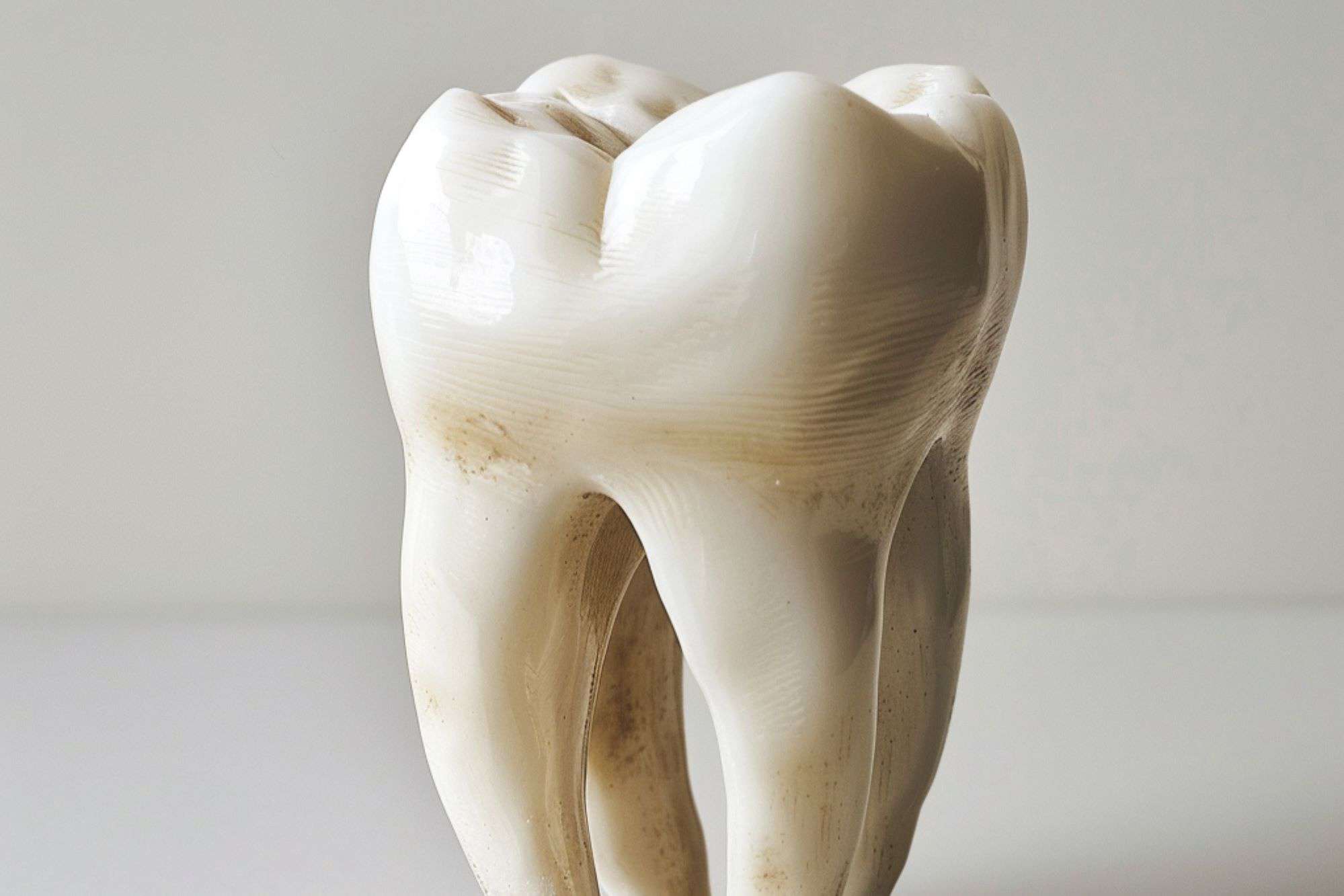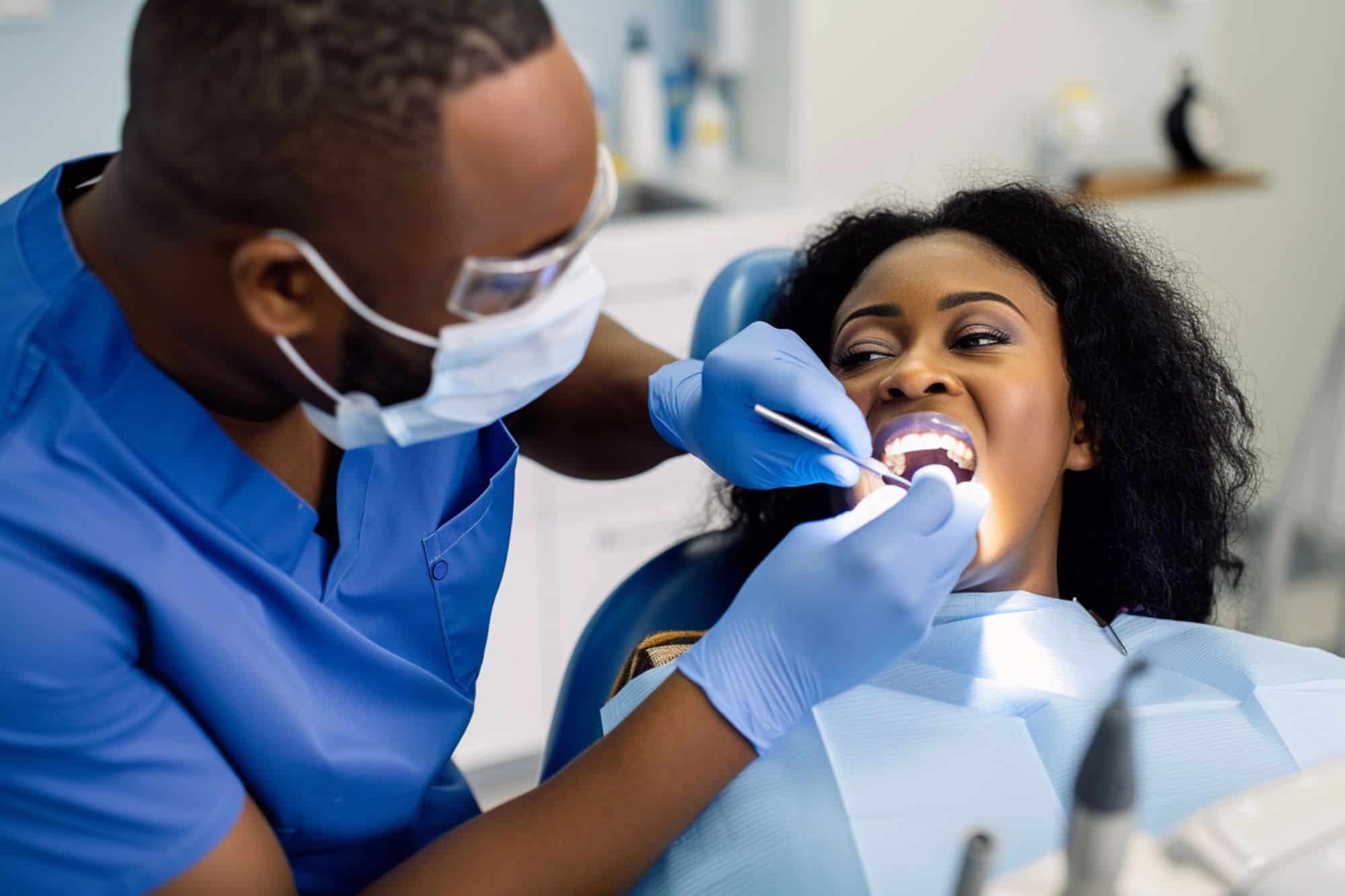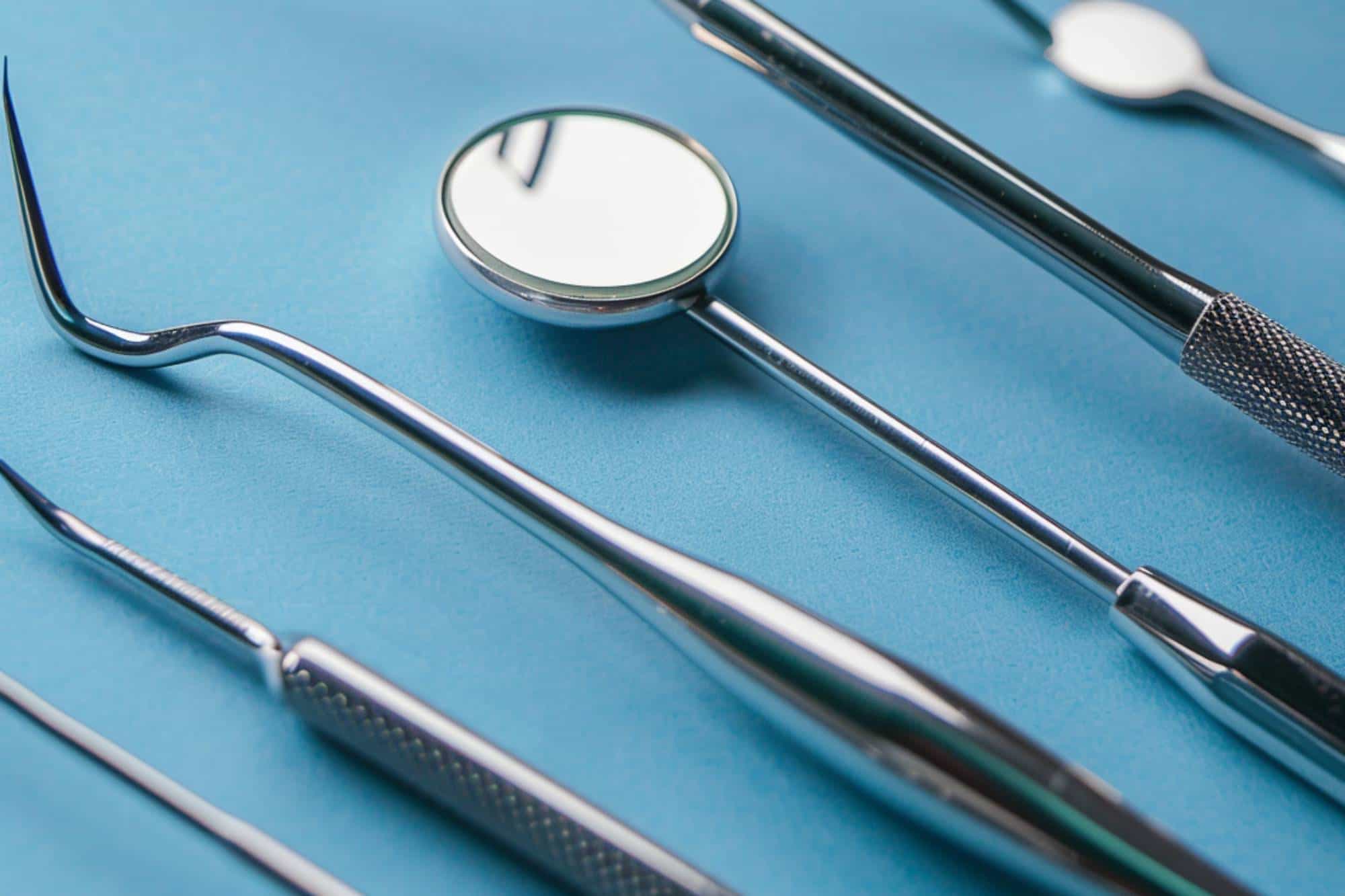Unexpected dental emergencies can leave you worried, not just about your health but also your wallet. Knowing the potential costs of emergency dental care in Columbia can help you prepare financially and reduce stress when quick decisions are necessary.
Understanding Emergency Dental Care
What Qualifies as a Dental Emergency?
A dental emergency is any situation that requires immediate dental attention to relieve severe pain, stop ongoing tissue bleeding, or save a tooth. This could include severe toothaches, knocked-out teeth, loose fillings, or an abscess. Ignoring these conditions can lead to serious complications, making timely treatment crucial.
Immediate Steps to Take in a Dental Emergency
When a dental crisis strikes, knowing what to do can make a big difference:
- For a knocked-out tooth: Keep the tooth moist at all times. Try placing it back in the socket without touching the root, or keep it in milk until you can see a dentist.
- For a severe toothache: Rinse your mouth with warm water to clean it out. Gently use dental floss to remove any food caught between your teeth. Do not put aspirin on your aching tooth or gums.
- For cracked teeth: Immediately rinse the mouth with warm water to clean the area. Apply cold compresses on your face to keep any swelling down.
Taking these steps can prevent further damage and give you some relief as you make your way to the dentist.
Cost Analysis of Emergency Dental Procedures
Common Emergency Dental Procedures
In an emergency, the type of dental procedure you may need can vary significantly. Some of the most common emergency dental procedures include fillings, root canals, extractions, and crowns.
Fillings are used to restore decay or minor fractures, and the cost can range from $50 to $300 depending on the material used (silver amalgam or composite).
Root canals are needed when tooth infection reaches the nerve. Typically, the cost can be anywhere from $700 to $1,200, depending on whether the tooth is a front tooth or a molar.
Extractions are required for severely damaged or infected teeth. Simple extractions might cost between $75 and $300, while surgical extractions can range from $200 to $600.
Crowns are used to cover and protect damaged teeth or to complete other procedures like root canals. Depending on the material (metal, porcelain-fused-to-metal, all-ceramic), the price may vary from $500 to $2,000.
…average costs, and the actual cost may be higher or lower depending on your specific case.
It’s important to note that these are average costs, and the actual cost may be higher or lower depending on your specific case. Additionally, some insurance plans may cover emergency dental procedures, so it’s always a good idea to check with your provider.
While emergency dental procedures can be costly, it’s important to seek treatment right away to prevent further damage and relieve pain. If you’re experiencing a dental emergency, don’t hesitate to contact an emergency dentist in Columbia. By being aware of the potential costs involved, you can make an informed decision about your oral health and finances.
Factors Influencing Costs
The cost of emergency dental care can vary based on:
Geographic location: Dental costs in Columbia may be different from those in larger cities or different states.
Severity of the situation: More complex issues require more extensive care, increasing costs.
Dental insurance: Having dental insurance can significantly reduce out-of-pocket expenses for emergency procedures.
Understanding these costs and factors can help you better prepare for emergencies, ensuring that dental problems don’t turn into financial crises.
Insurance and Emergency Dental Care
Role of Dental Insurance
Dental insurance can be a lifesaver when it comes to managing the costs of emergency dental care. Most dental plans cover a portion of emergency procedures, which can include exams, X-rays, necessary treatments like root canals, and even extractions. Typically, insurance might cover 50% of emergency care costs after your deductible is met, depending on your specific plan.
Tips for Navigating Insurance Claims
Dealing with insurance claims during an emergency can be daunting, so here are a few tips to make it smoother:
Know Your Coverage: Before an emergency arises, familiarize yourself with your dental insurance plan—know what’s covered and what’s not.
Documentation is Key: Keep detailed records of all treatments and receipts. These documents are crucial when filing claims.
Pre-authorization: For non-urgent emergency procedures, try to get pre-authorization from your insurer to ensure coverage.
Direct Billing: Ask if your dentist offers direct billing to insurance companies, which can simplify the payment process and reduce upfront costs.
Understanding your insurance coverage and how to navigate the claims process can significantly reduce your stress and financial burden in a dental emergency.
Saving on Emergency Dental Care Without Insurance
Alternative Payment Options
Not having dental insurance doesn’t mean you can’t afford emergency dental care. Many dentists offer alternative payment options:
- Payment Plans: Some dental offices provide payment plans that allow you to pay off the treatment costs over time.
- Sliding Scale Fees: Based on your income, some clinics adjust their fees to make their services more affordable.
- Third-party Financing: Companies like CareCredit offer special financing for healthcare services, which you can use for dental emergencies.
Low-Cost Care Facilities
If you’re looking for more affordable options, consider:
Community Health Centers: These centers often offer dental care at reduced rates.
Dental Schools: Local dental schools can be a good source for lower-cost treatments as they provide services performed by students under professional supervision.
Exploring these options can provide relief from the high costs associated with emergency dental care, ensuring you don’t neglect your dental health due to financial constraints.
Preparing Financially for Dental Emergencies
Setting Up an Emergency Dental Fund
Creating a dental emergency fund is a proactive way to prepare for unexpected dental costs. Here’s how to start:
Monthly Savings: Even a small monthly amount set aside can build up over time and help cover future dental emergencies.
High-Yield Savings Account: Consider placing your emergency fund in a high-yield savings account to earn interest and grow your funds faster.
Choosing the Right Dental Insurance Plan
When selecting a dental insurance plan, consider:
Coverage for Emergencies: Make sure the plan covers a range of emergency procedures.
Deductibles and Copays: Understand the out-of-pocket costs you’ll be responsible for.
Network of Dentists: Check if your preferred dentist is in-network to get the best coverage.
TIP
Preparing financially for dental emergencies with a dedicated fund and choosing the right insurance can reduce the worry of unexpected dental expenses.
Frequently Asked Questions
What is the most expensive dental emergency?
Procedures involving multiple root canals or the replacement of several teeth can be among the most costly.
Can I go to the ER for a dental emergency?
While the ER can provide pain relief and treat infections, they usually do not offer comprehensive dental care. It’s best to visit an emergency dentist.
How do I know if my dental issue is an emergency?
If you’re experiencing severe pain, bleeding that won’t stop, or have lost a tooth, these are signs that you need urgent dental care.
Are there any immediate home remedies for dental emergencies?
Applying a cold compress can help reduce swelling, and rinsing with salt water can clean wounds and soothe sore gums. However, these are temporary solutions until you can see a dentist.
Conclusion
Being informed about the costs associated with emergency dental care and knowing how to manage them can greatly ease the stress of such situations. By preparing ahead, either financially or by understanding your insurance options, you can ensure that dental emergencies don’t lead to significant financial burdens.
